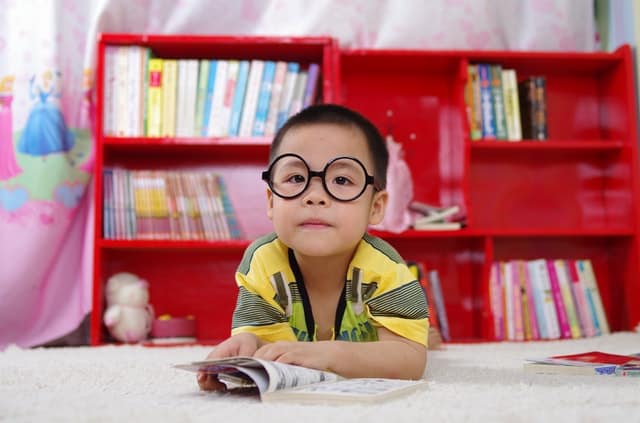Children spend an incredible amount of time in their bedroom, so surely it makes sense to develop a space that channels their unique personality and shows off their individual style. Getting your child involved in the design process will nurture their creativity and ensure they know their opinion is valued. So read on to discover the stylish ways you can update our kid’s bedroom and character to this well-used space.
Scandi-Chic
The Scandinavian style has never been more popular and this simple yet modern theme is incredibly easy to achieve. It’s all about a cosy and comfy space contrasted with clean and calm colours. Think white walls with neutral textured rugs and light airy spaces with large floating light fixtures. Why not turn the bed into a tent and add lots of pillow and cushions for a snug sleeping experience whilst allowing a smooth transition from cot to big-kid’s bed. This minimalistic-inspired bedroom is perfect for adding some “lagom” into your children’s life.
Very Vintage
This theme is great for adding a bit of a quirky yet traditional feeling to your kid’s space. This is where upcycling can come in really handy, especially when you are working to a budget. Old cabinets and drawers can be repurposed cheaply, all you need is some sandpaper and paints. The job doesn’t need to be perfect as it all adds to the vintage charm. You can pick up an old glass chandelier from a local charity shop or look online for a plastic one; there are so many styles to choose from. Fairy lights are not just for Christmas, hang them around the headboard or fix them higher up on the wall if your child is still at a young age for safety.

Nautically Naughty
A nautically-themed room can be a visual masterpiece if done correctly. If you have the time to invest, pull this off with crisp linens sheets in white and textured throws in a royal navy blue. Adding ropes gives an earthy contrast to the charcoal walls but be careful not to widen the colour palette too much as this can leave the room feeling cluttered. Instead, focus on having a couple of high-quality pieces of wall art to get the kid’s in the boating mood. The online marketplace fineartamerica.com is the perfect place to go for canvas and framed prints as well as a diverse range of posters and throw pillows including a great range of ocean-inspired artwork.
Gender-Neutral
Having a gender-neutral bedroom can avoid many of the usual stereotypes, particularly when you have brothers and sisters sharing a room together. The focus here should be on functionality but that doesn’t mean that the room cannot be unique, showcasing both of their personalities. Grey is a great colour for walls and it doesn’t have to be drab, team it with black and white patterned curtains and throws for a monochrome twist and add a pop of colour with a textured rug in lemon yellow, perfect for playing on.




















